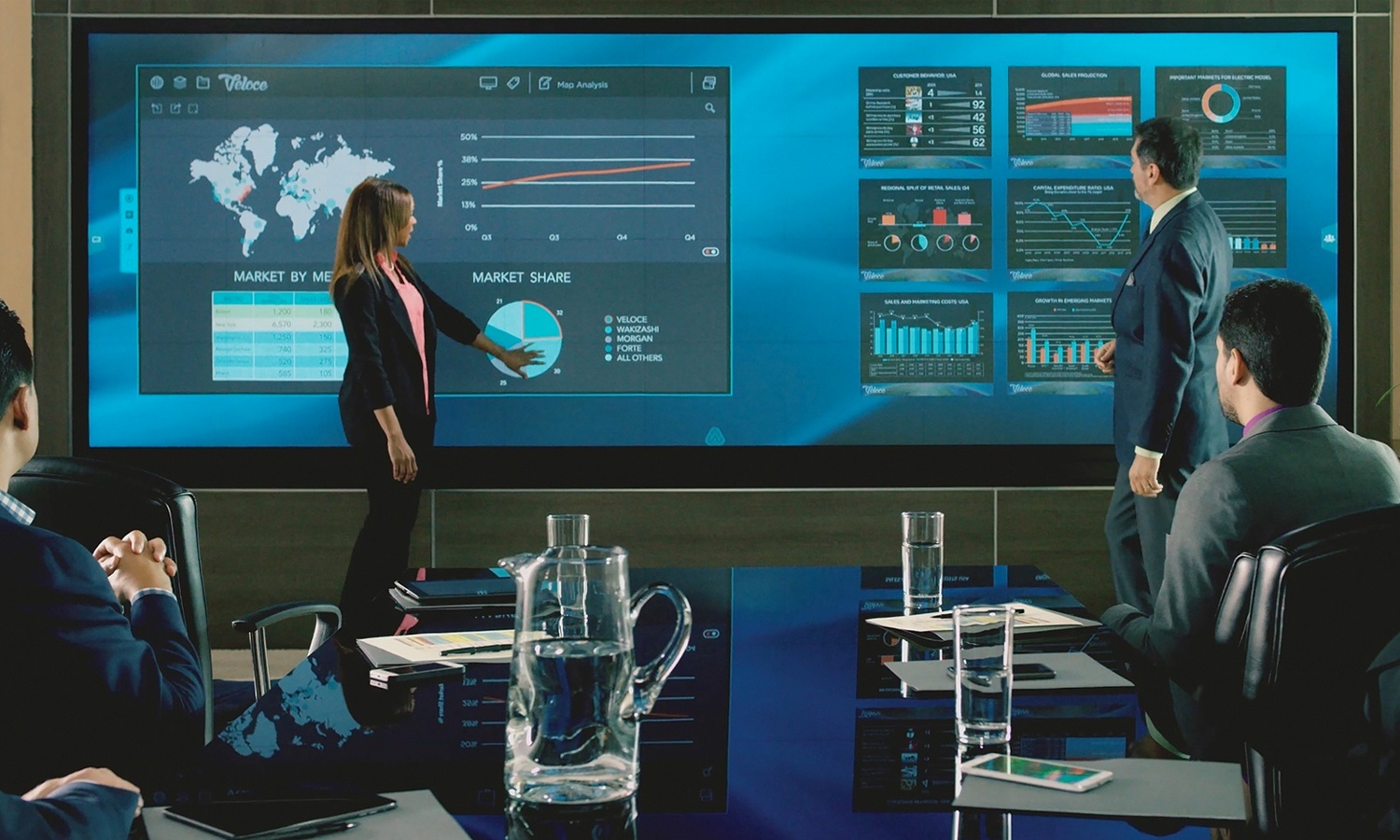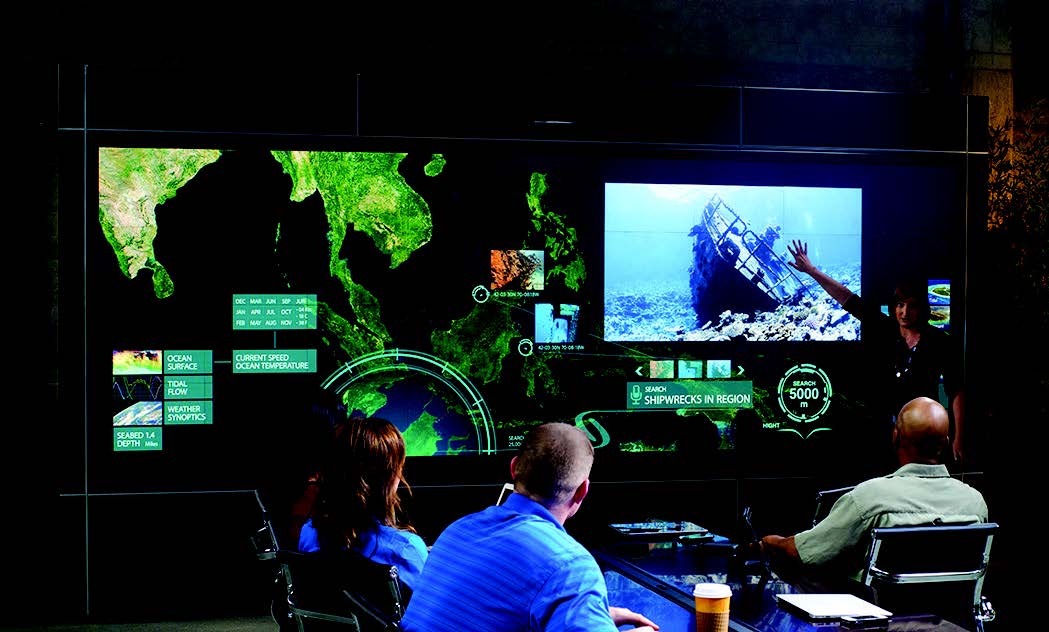The Provost Technology Innovation Award will fund visualization technology for faculty and students to communicate knowledge in graphical form.
The Office of the Provost has provided more than $1.3 million in funding to collaborating departments and groups across UC, helping each of them push the university community to new academic heights. UC Libraries, partnering with the College of Arts and Sciences, the College of Design, Architecture, Art and Planning, the Carl H. Lindner College of Business and IT@UC was one of four Technology Innovation Award recipients recently announced with the successful proposal “Data Visualization Across Disciplines: Digital Literacy for the University of Cincinnati’s Third Century.” These partners will work together to invest in the development of an interdisciplinary undergraduate certificate in data visualization; training students to communicate complex data by placing it in a visual context. This cross-college program will incorporate coursework designed and team-taught by faculty, blending multiple perspectives on data visualization to a wide range of students. Data visualization is an emerging art and science that has changed people’s relationship with information. It harnesses new technologies to communicate knowledge in graphical form by merging aesthetic form with analytical function to present large and complex datasets in an intuitive and human-interpretable fashion.
From the Provost Office Announcement – As the University of Cincinnati moves toward its Bicentennial in 2019, the Office of the Provost supports academic and technological innovation keeping our university’s educational mission core to what we do and who we are at UC. This is the drive behind the Provost Technology Innovation Awards program, which funds projects developed by faculty and students who collaborate between colleges and discrete disciplines to support interdisciplinary projects that turn original ideas into reality. “At UC we have a strong, shared commitment to the continued modernization of the learning experience,” says Interim UC Provost Peter Landgren. “It is a pleasure to see the spirit of partnership change and improve the academic journey at the university through collaborative ideas like the ones funded through this program.”
“Through the visualization certificate, we will reimagine the student experience by teaching a generation of students from all majors how to represent and analyze data in a way that will meaningfully equip them with the tools to succeed in both academic career tracks and today’s information workplace,” said James Lee, assistant professor in digital humanities with a specialization in early modern British literature and co-director of the Digital Scholarship Center. “We will have a direct impact on students from many colleges, and we aim to provide an organized, systematic curricular structure to meet the growing demand for data visualization courses in our respective colleges.”
The Innovation Technology Award will fund the acquisition of the necessary technology to make this unique cross-disciplinary collaboration across colleges a reality. The centerpieces of this visualization program will be a high-resolution display wall with six screens providing large-scale, multi-input display, three large touchscreen collaboration interfaces, a network of linked iPad tablets and a virtual reality station. The Digital Scholarship Center and the Geology-Mathematics-Physics Library will host the technology and will serve as neutral hubs for a network of faculty and students to engage beyond the boundaries of their home colleges.
“The certificate, visualization technology and research support provided by UC Libraries and the Digital Scholarship Center will open the door to hands-on research opportunities for students to work with faculty engaging in cross-disciplinary scholarship,” said Arlene Johnson, associate senior librarian and co-director of the Digital Scholarship Center. “As we envision it, students will interact with a unique blend of A&S, DAAP, College of Business, CECH, and CEAS faculty, which they might not experience within the boundaries of their individual majors, in the process of working on applied and publishable research projects.”
The goal is to have the visualization technology installed and operational in the Geology-Mathematics-Physics Library during the fall 2017 semester.


